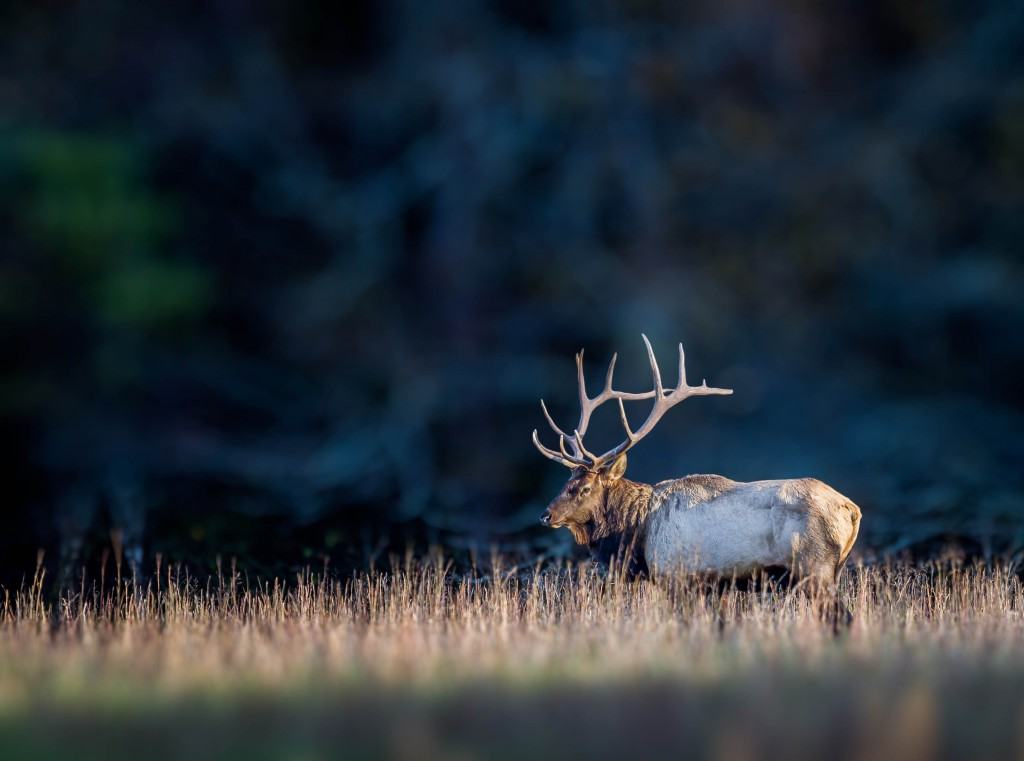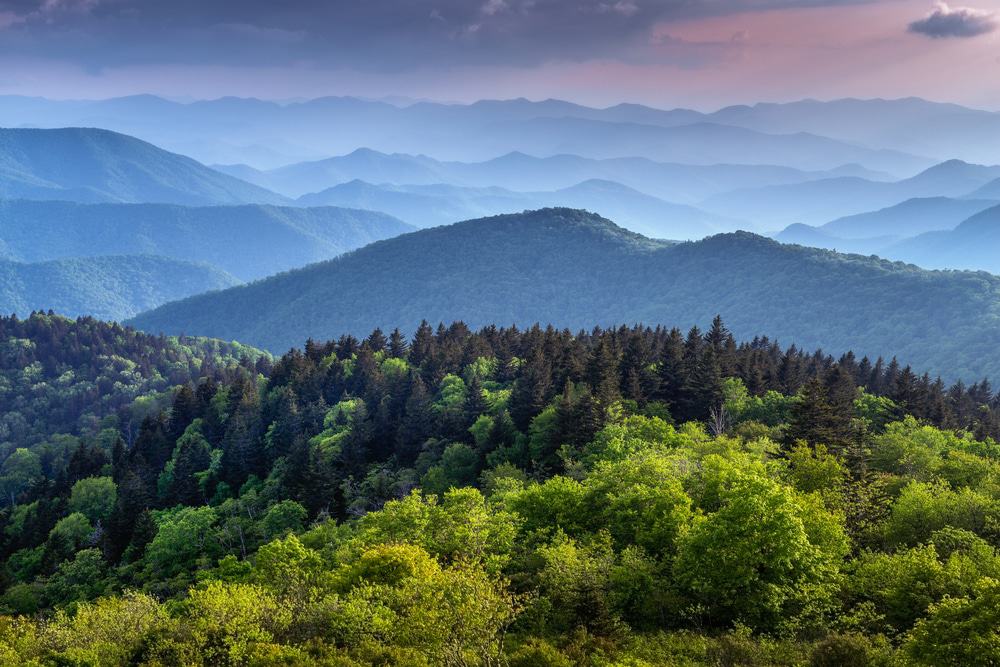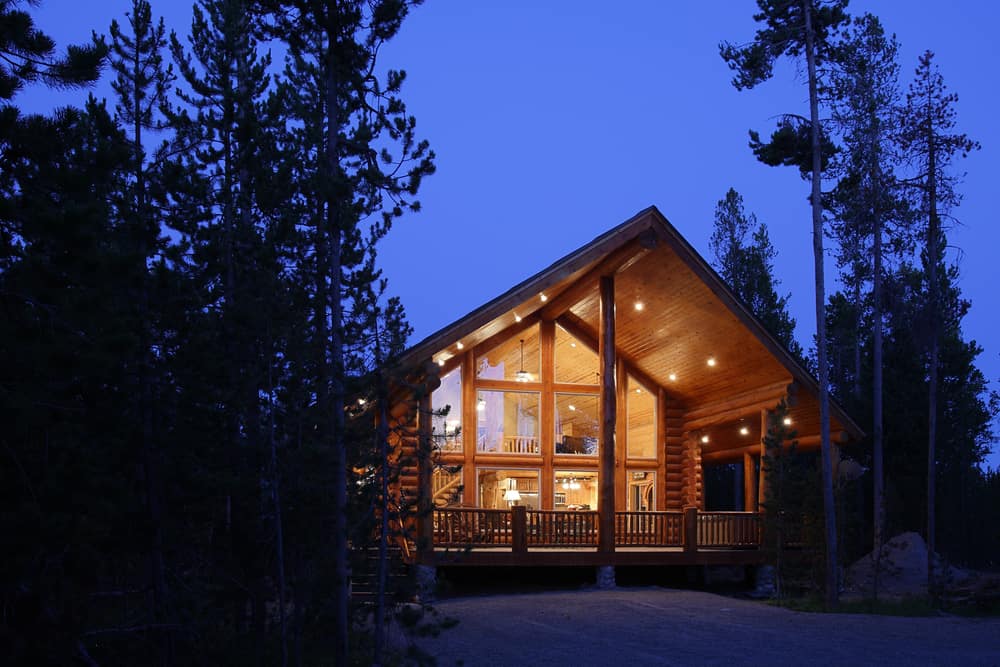 The Great Smoky Mountains are in North Carolina and Tennessee of the United States, and anyone who wants to see wildlife that is native to the eastern part of the country will find it in this region. The Great Smoky Mountains National Park is the best place to get out and explore the mountain range. Within these beautiful mountains are found some of the most fascinating animals and amazing birds in North America.
The Great Smoky Mountains are in North Carolina and Tennessee of the United States, and anyone who wants to see wildlife that is native to the eastern part of the country will find it in this region. The Great Smoky Mountains National Park is the best place to get out and explore the mountain range. Within these beautiful mountains are found some of the most fascinating animals and amazing birds in North America.
Great Smoky Mountains Regional Native Wildlife
Bears, white-tailed deer and squirrels are among the most commonly seen animals in the in the Smoky Mountains. Racoons, bats and chipmunks are other more frequently seen animals. In the national park borders are some of the largest sections of land in the eastern United States that are protected and uninhabited by humans. Wildlife of every kind finds refuge and a home in the park.
Of the known park species, 65 are mammals, 200 are birds, 80 are amphibians and reptiles and 50 are fish. Walking the trails, wondering along the streams and picnicking in the meadows are all ways to see some of these creatures. Spending any time in the park, people are bound to see wildlife.
The Great Smoky Mountains Wild Bears
When it comes to Smoky Mountain bears, they are well loved and have a growing population in the park. At approximately 1,500 American Black Bears currently living on park property, the number of these large animals is about 2 bears in every square mile. Male bears are about 3 feet tall at the shoulder and can stretch to at least 6 feet standing upright on their hind legs. Males weigh about 250 pounds. They are called “black” bears, but some of them have coats of chocolate brown or a reddish brown hue.
The Best Viewing Wildlife in The Great Smoky Mountains
Wildlife in the Smoky Mountains often hides in the thickly forested areas. Still, human visitors on the trails and roadways do see different creatures. The open meadows like in Cades Cove are places where animals and birds like bears, wild turkeys and deer are seen.
Especially in the winter is the wildlife visible because the deciduous trees have lost their leaves and the forest density is less. Additionally, early and late in the day more creatures are active because many of them are awake all night. Of course, feeding animals is prohibited, but capturing them with the camera or watching them through binoculars is highly recommended.





